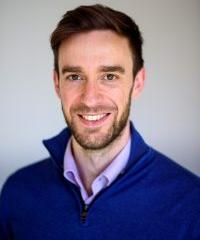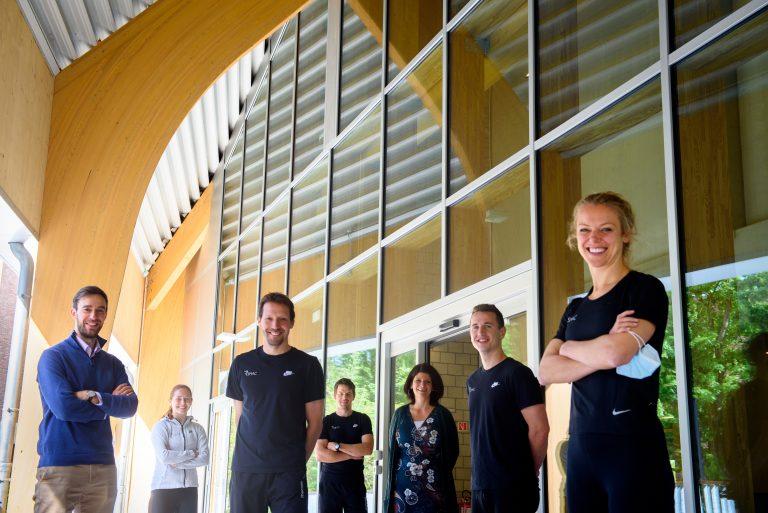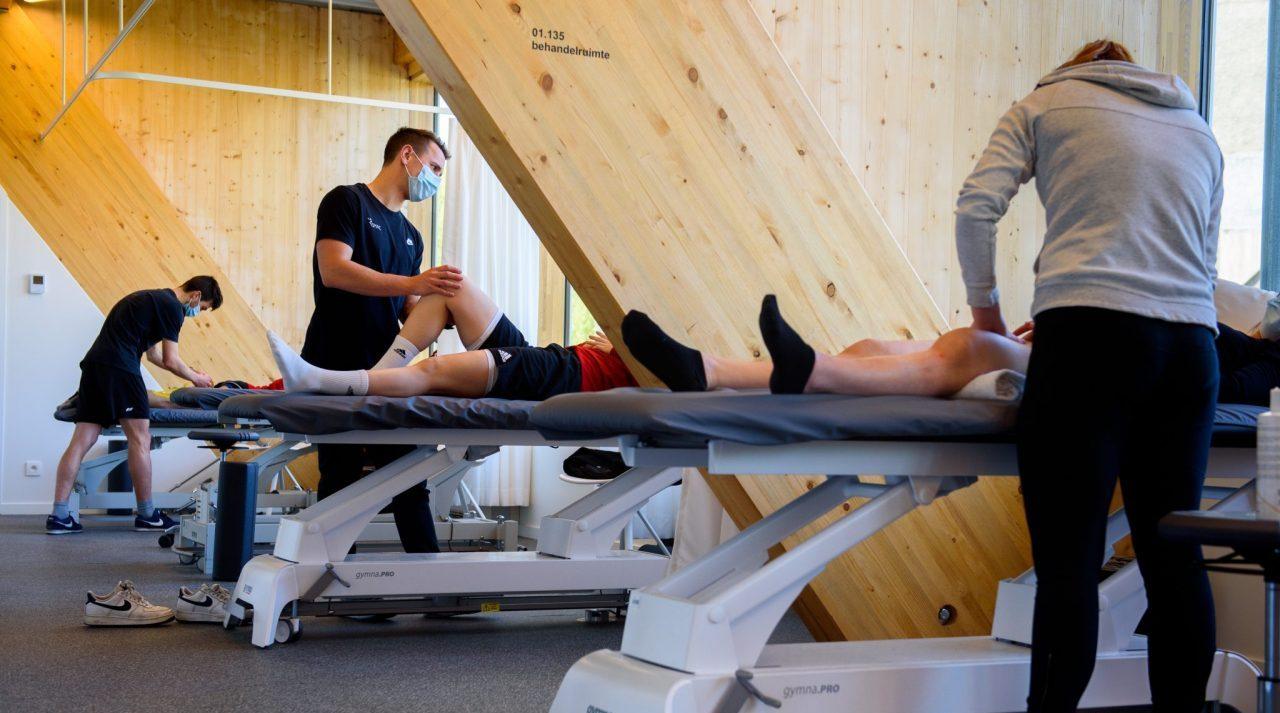It started with a sport medical deparment on the terrains of the Leuven 'Sportkot', for students PE with sports injuries. For instance em. prof. dr. Roeland Lysens – at that time still an assistant with an interest in sports medicine – started work there. He specialised in physical medicine and started working at UZ Leuven. The sport medical department started to boom and expanded in the seventies and early eighties.
In 1984 the sport medical department was renamed sport medical advice centre (SMAC) and started operating the way it still does to this day: a unique combination of medical service, research and education, with a focus on sports and exercise.
We're working in an environment of continuous learning. prof. dr. Stijn Bogaerts
prof. dr. Stijn Bogaerts
Sports niche
“The SMAC is part of the department for physical medicine and rehabilitation”, prof. dr. Stijn Bogaerts, rehabilitation physician, clarifies. “Injured athletes end up at the SMAC via UZ Leuven consultations, but also through other channels. For instance, GPs and sports physicians or physiotherapists that refer patients to us for a sports-oriented consultation or rehabilitation. These can also take place at the Pellenberg campus which focuses on specific medical conditions, whereas the SMAC focuses on the specific target group of athletes.”
“Not only do we treat people with a referral, we also pay special attention to the PE and movement sciences students, a string of top sports schools as well as professional sportsmen, such as the national volleyball teams and our neighbours from Oud-Heverlee Leuven.”
Medical and academic
The SMAC moved from the De Nayer building to the first floor of the brand new Beach & Fitnesshal. A fresher, lighter and more modern workplace; located right in the middle of the sports facilities.
“Fitness, football pitches, athletics hall, swimming pool …: all facilities of the University Sports Centra are nearby and of top quality. In addition there is the constant interaction between the medical and the academic. KU Leuven researchers get the opportunity to build up their expertise in the workplace and they in turn bring new scientific insights to the floor. We teach physiotherapy students and they do their internships with us. We're really working in an environment of continuous learning.”
The team's strength is also in the interdisciplinary collaboration. “As a physician I need a good physiotherapist to convert my diagnosis into rehabilitation, but a physiotherapist can also rely on me to re-assess the diagnosis. In addition, we learn from the sports coaches we are in contact with: we can treat injuries better if we understand which movements caused them.”

A close-knit group
When the SMAC was forced to close during the first COVID-19 wave, the team did not loose heart. The physiotherapists helped out on a number of rehabilitation wards. “Our physiotherapists are specialised in sports physiotherapy, but have received a broad education. So they didn't hesitate to pitch in. This is one of UZ Leuven's strengths - being able to give and get a wide range of support.”
The SMAC team is also a close-knit and strong group which is apparent from their Instagram account. “What characterises us all, is a large amount of openness towards our colleagues and an above average interest in exercise and sports. This is what connects us tremendously."
